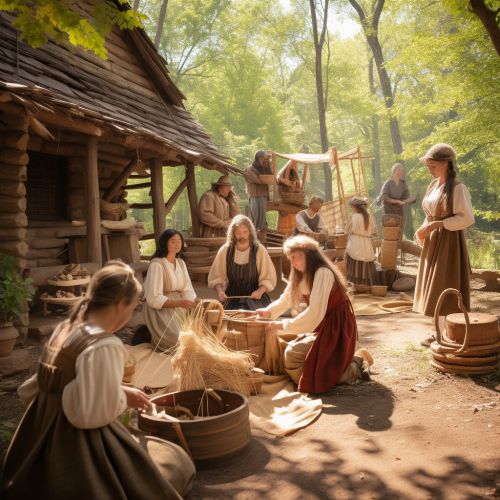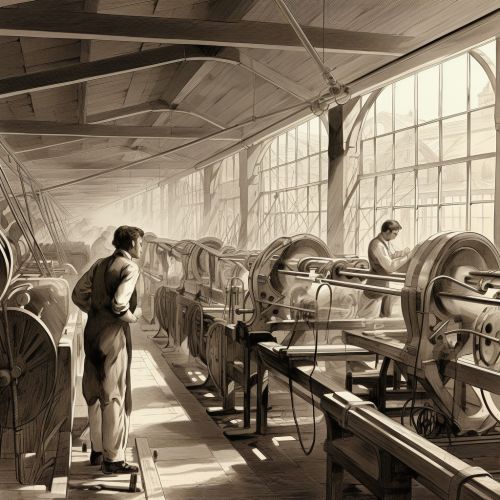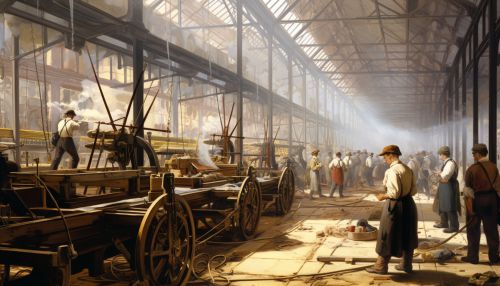History of textiles
Origins
Textiles have been a fundamental part of human life since the dawn of civilization. The history of textiles can be traced back to the Neolithic period, around 5000 BC. The earliest surviving examples of textiles were found in regions of the Middle East, particularly in present-day Turkey and Iran. These textiles were made from plant fibers, including flax, and animal fibers, such as wool from sheep and goats.


Ancient Textiles
The ancient civilizations of Egypt, Mesopotamia, and the Indus Valley all produced sophisticated textiles. The Egyptians were known for their fine linen, which was used in clothing and for wrapping mummies. The Mesopotamians and the Indus Valley peoples used cotton and wool extensively. The Silk Road facilitated the spread of silk from China to the West, revolutionizing the textile industry.
Medieval Textiles
During the Middle Ages, textiles became a major industry in Europe. Wool was the most common material, but silk and linen were also used. The Byzantine Empire was known for its luxurious silk textiles, while Flanders, in present-day Belgium, was a major center for wool production. The invention of the spinning wheel and the loom greatly increased the efficiency of textile production.
Industrial Revolution
The Industrial Revolution in the 18th and 19th centuries brought significant changes to the textile industry. The invention of the spinning jenny, the water frame, and the spinning mule greatly increased the speed and efficiency of yarn production. The power loom automated the process of weaving, leading to a massive increase in textile production.


Modern Textiles
In the 20th century, the development of synthetic fibers such as nylon, polyester, and acrylic revolutionized the textile industry. These materials offered new possibilities in terms of durability, versatility, and cost-effectiveness. Today, the textile industry is a global enterprise, with a vast array of natural and synthetic materials available for a multitude of uses.
